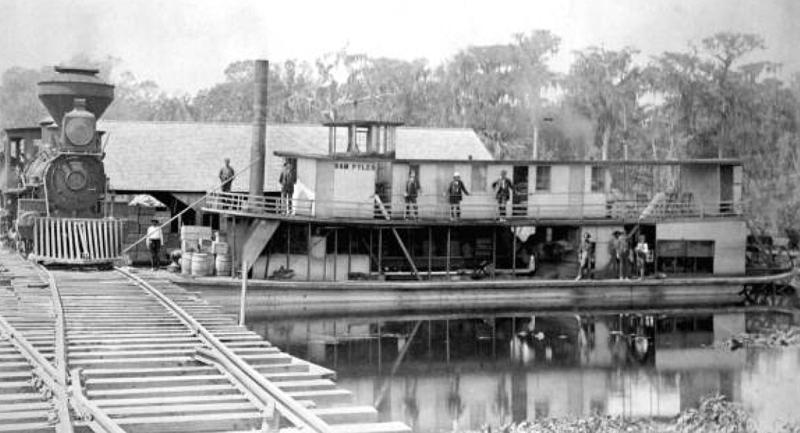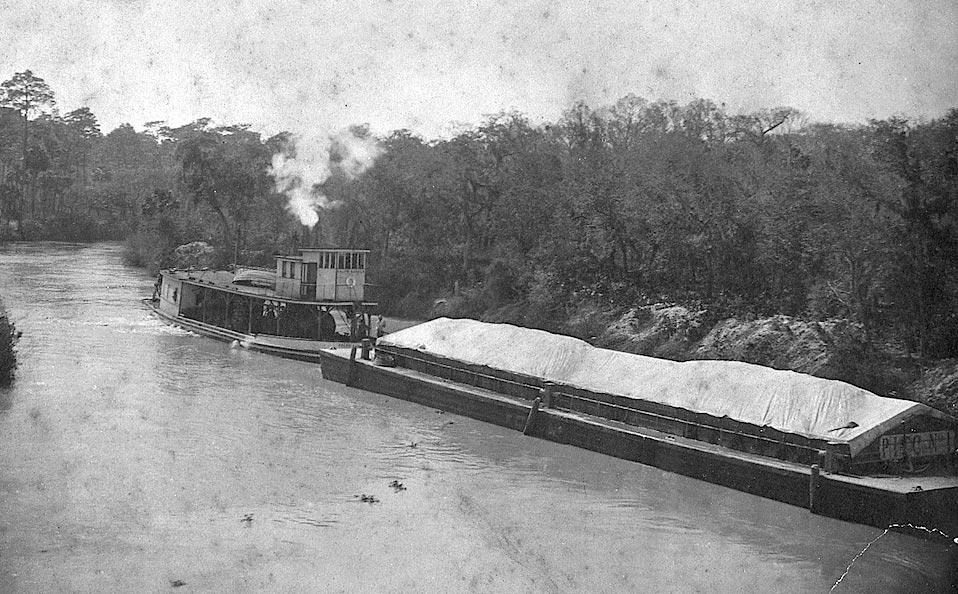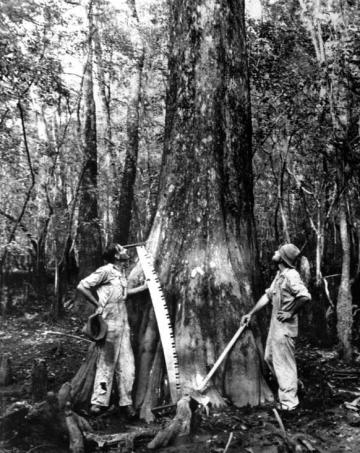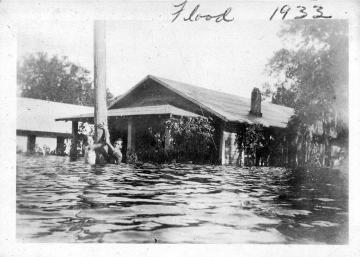The history of the Withlacoochee River watershed is important because it is still being impacted by how people used the land as far back as the 1800s.
Awareness of the river grew around the 1830s and 40s, during the 2nd Seminole War. During the war, shallow-draft steamers were used to transport materials and men on the river. Then, the late 1800s brought several booming industries to the area, including phosphate, timber and produce. Navigational improvements were made throughout the watershed to support these industries, and the first man-made canal was created between Tsala Apopka and the Withlacoochee River.
Railroads and trams were also needed to access timber and transport goods. Evidence of these can still be found today along the river and its floodplain. In addition, berms and ditches were constructed to aid ranching efforts. So, it wasn’t just one industry, but many, that have left their mark on the watershed and the natural flow of water over it.
Extreme Fluctuations
Historical photographs as far back as 1933, have documented numerous floods and droughts along the river. Due to fluctuations in rainfall, the river naturally experiences high and low conditions. In fact the name “Withlacoochee” is derived from a Creek Indian word meaning “Little Big Water.” This meaning likely defines the high and low fluctuations the river naturally experiences.




